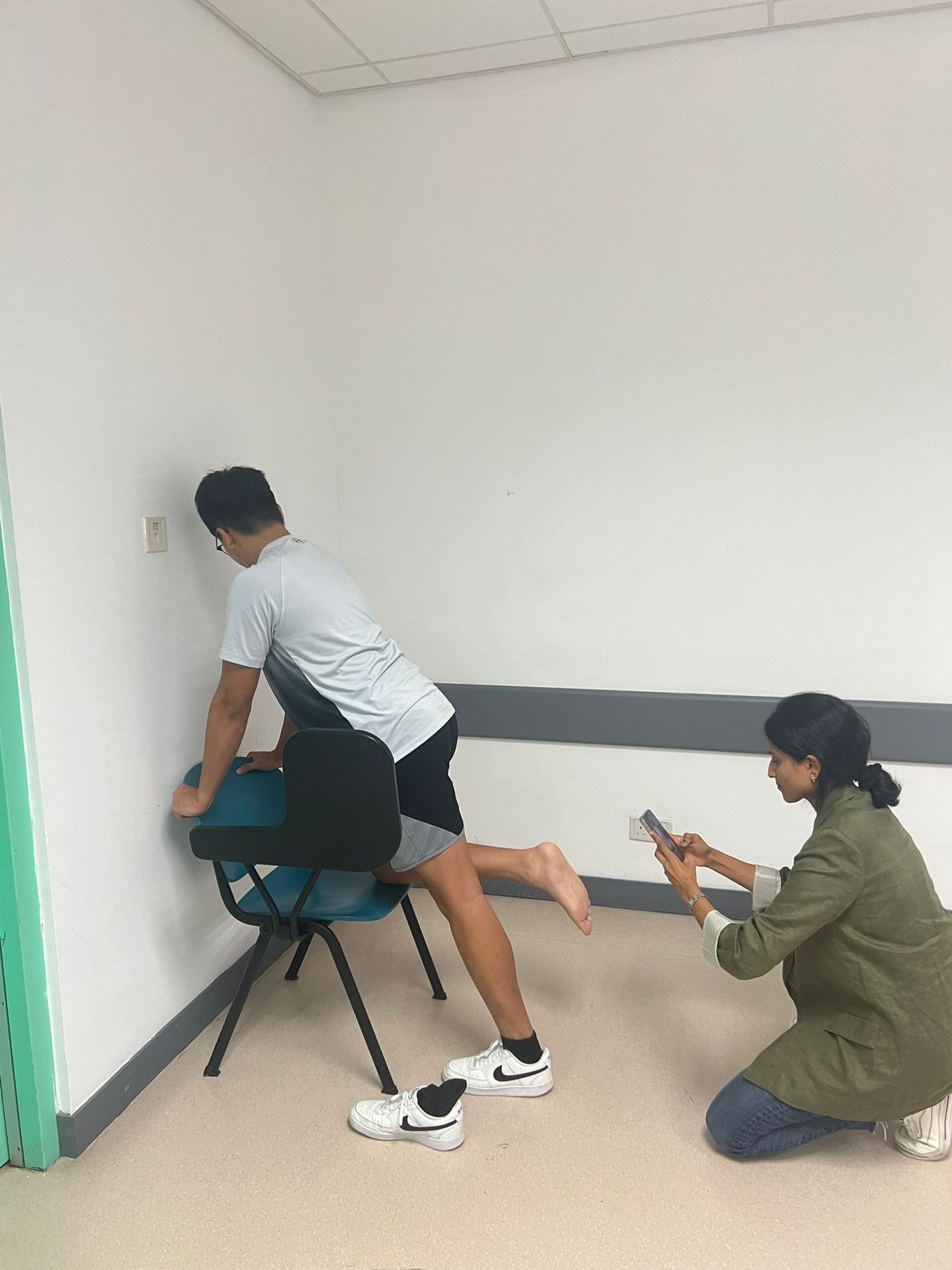Non-Weight Bearing Scanning for the Elderly and Diabetics
Foot health is a cornerstone of overall well-being, particularly for elderly individuals and those living with diabetes. At SoleFit, we are committed to empowering our users with innovative solutions that address the specific challenges these populations face. One of our most significant advancements is our unique non-weight bearing 3D scanning technology—a breakthrough that is reshaping the landscape of preventative foot care.
What Is Non-Weight Bearing Scanning?
Traditional foot scans or impressions often require the patient to stand or bear weight during measurement. However, for individuals with sensitive, ulcer-prone, or neuropathic feet—common in the elderly and diabetic populations—this approach can be uncomfortable, even risky. Non-weight bearing scanning, as implemented by SoleFit, captures the precise shape and contours of the foot while the patient is at rest. This method ensures an accurate, pain-free, and safe assessment, eliminating the risk of pressure-induced injury during the scanning process.

Why Is This Important for the Elderly and Diabetics?
Diabetic foot complications are a major healthcare concern. Studies show that up to 34% of people with diabetes will develop a foot ulcer in their lifetime, often due to abnormal pressure distribution and unnoticed injuries caused by neuropathy (Armstrong et al., 2017). Similarly, elderly individuals are more prone to fragile skin, reduced circulation, and decreased sensation in the feet, making them susceptible to ulcers and pressure sores (Boulton et al., 2004).
By using a non-weight bearing scanning technique, SoleFit is able to:
Minimize Pressure and Injury Risk: The scanning process does not exert force on the foot, reducing the chance of aggravating existing wounds or creating new pressure points.
Capture True Foot Anatomy: Since the foot is not compressed during the scan, we obtain an exact representation of its natural shape, leading to better-fitting insoles.
Enhance Comfort and Compliance: The process is quick, comfortable, and non-invasive, which encourages more individuals to seek preventative care.
Backed by Research
Academic research highlights the importance of non-weight bearing casting and scanning techniques in high-risk populations. For example, a study by Zimny et al. (2002) found that non-weight bearing foot impressions were more accurate for creating orthotic devices in diabetic patients with neuropathy, as they avoided distortion caused by standing. Another review by Bus et al. (2019) emphasized that offloading and pressure redistribution—goals of custom insoles—are best achieved when devices are based on the foot’s true, unloaded morphology.
SoleFit’s Commitment to Better Foot Health
Through our advanced AI-powered, non-weight bearing 3D scanning, SoleFit delivers insoles and footwear that are truly customized, safe, and effective for those who need it most. Every pair is 3D printed in Hong Kong, ensuring rapid delivery and consistent quality. Our mission is to give elderly and diabetic individuals the confidence to walk pain-free and enjoy a higher quality of life.

Armstrong, D. G., Boulton, A. J., & Bus, S. A. (2017). Diabetic foot ulcers and their recurrence. New England Journal of Medicine, 376(24), 2367-2375.
Boulton, A. J., Vileikyte, L., Ragnarson-Tennvall, G., & Apelqvist, J. (2005). The global burden of diabetic foot disease. The Lancet, 366(9498), 1719-1724.
Zimny, S., Schatz, H., & Pfohl, M. (2002). The role of limited joint mobility in diabetic patients with an at-risk foot. Diabetes Care, 25(4), 706-711.
Bus, S. A., Armstrong, D. G., van Deursen, R. W., Lewis, J. E., Caravaggi, C. F., & Cavanagh, P. R. (2019). Footwear and offloading interventions to prevent and heal foot ulcers and reduce plantar pressure in patients with diabetes: a systematic review. Diabetes/Metabolism Research and Reviews, 32(S1), 99-118.
